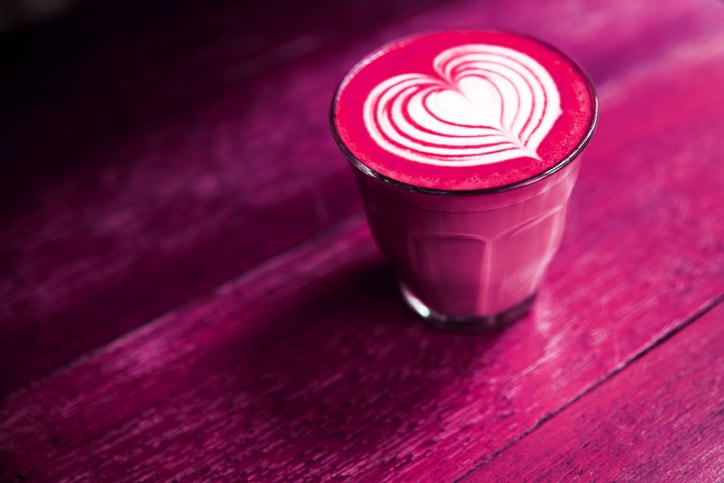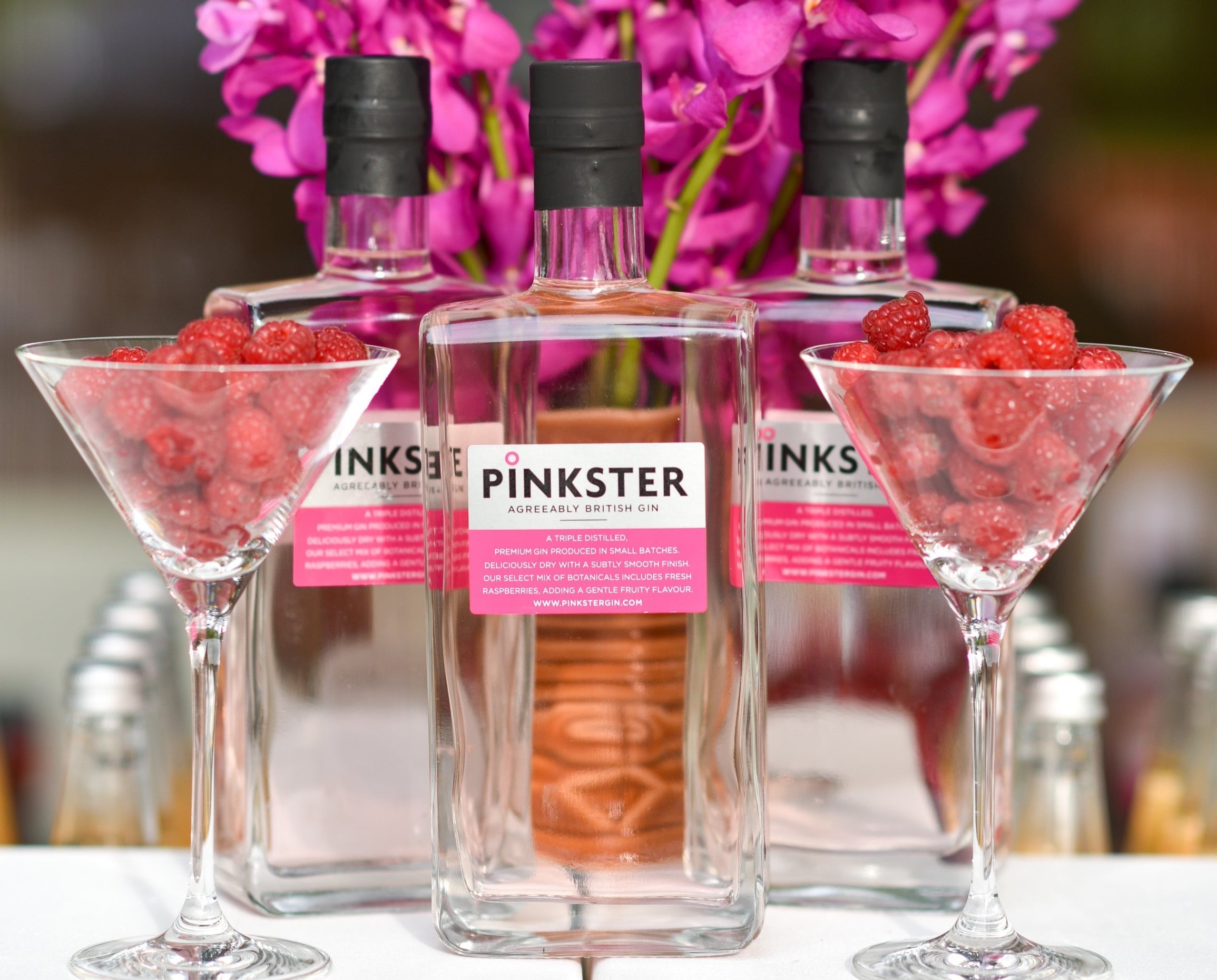Pink gin is at the heart of the UK's gin category: growing an impressive 751% in the UK, according to the Wine and Spirits Trade Association (WSTA). Vivid cocktail colours, too, are attracting consumers; while rosé's meteoric rise is already well-documented. The WSTA notes that consumers are seeking quality drinks with a splash of colour.
“There is no doubt that the pink category has benefited by consumers love for sharing vibrant, colourful drink trends on social media,” says Miles Beale, chief executive, WSTA.
Hardly inconspinkuous: Pink gin
In gin, flavoured gins make up around one fifth of the UK market: but they’re responsible for driving over half the growth in sales.
Two years ago only a ‘handful’ of brands were making flavoured gin. By 2018, however, the category was valued at £165m ($212m): up an impressive 751% on the previous year. The key to its growth is its appeal to consumers under 45, says the WSTA.
Once the domain of a few small distilleries, pink gin has now poured into the mainstream. Gordon’s Pink Gin (‘crafted to balance the refreshing taste of Gordon’s with the sweetness of raspberries and strawberries with the tang of redcurrant – created to offer a sweeter and more accessible way to enjoy a gin and tonic’) was launched in 2017 and helped the Diageo brand's sales surge by £100m.
Meanwhile, Pernod Ricard’s Beefeater launched its Pink Gin a year ago (a gin with ‘soft fruit flavours of strawberry tuned perfectly with classic notes of juniper and citrus’).
In the pink: 'Pink Gin is rocketing along very nicely indeed'
Manchester Gin has seen sales of its Raspberry Infused gin soar since its launch in 2016: in fact, in 2018 sales of the pink gin overtook sales of its signature gin for the first time.
So why is it so popular? "I think it is a combination of factors, one is it look really pretty in the bottle and ultimately when you see it on a back bar you are drawn to it," says Seb Heeley, co-founder and master distiller, told this publication.
"Secondly, a flavoured gin it is almost a gateway for people that don’t necessarily drink gin but want to try it.
"Pink gin is definitely not a fad, there is so much love and fondness for various flavoured gins. People have taken them to their heart so they are here to stay."
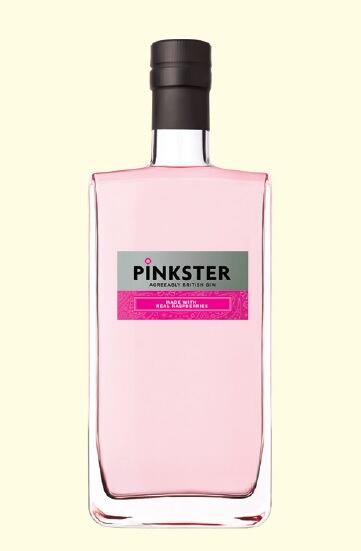
Premium pink gin brand Pinkster, which is based in Cambridge, entered the pink gin category in 2013. It uses fresh raspberries grown locally for a gin that’s ‘deliciously dry with a hint of fruit and an exceptionally smooth finish’.
Co-founder Will Holt says that while the colour is part of the appeal, so is the flavour.
“The rise in pink gin is driven by a desire to explore and experiment with new flavours,” he said. “And it clearly has Instagrammable appeal. Above all, however, our advice is to focus on the flavour not the colour. Question what makes the gin pink.
“Thanks to the marketing muscle of Diageo and Pernod Ricard, pink gin is now absolutely a sub-category in its own right. And one that’s rocketing along very nicely indeed. For sure, this is benefiting us at Pinkster, with demand rising as more outlets look for a premium option."
And the WSTA predicts the category will continue to grow in 2019 as brands launch new flavoured and pink gins on to the market.
“What next? Who knows!" said Holt. "We’re wholly confident that the quality pink players will be here for years to come. What with Beefeater’s latest launch [see below], you might even be convinced that the future's orange.”
For Heeley of Manchester Gin, the potential for flavour innovation in the category is huge - 'the sky's the limit' - although he says there will always be a firm place for classic gin.
Orange is the new pink?
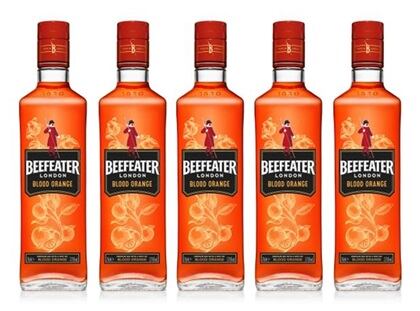
Beefeater gin is rolling out a new Beefeater Blood Orange variety in the UK next month: a year after launching Beefeater Pink.
Pernod Ricard says that there is now a ‘significant opportunity’ for orange gin in the UK, with it becoming the second-fastest growing gin flavour after pink.
The gin can be served in a cocktail with tonic or ginger ale; or served in a goblet over ice with a slice of orange.
Colourful cocktails
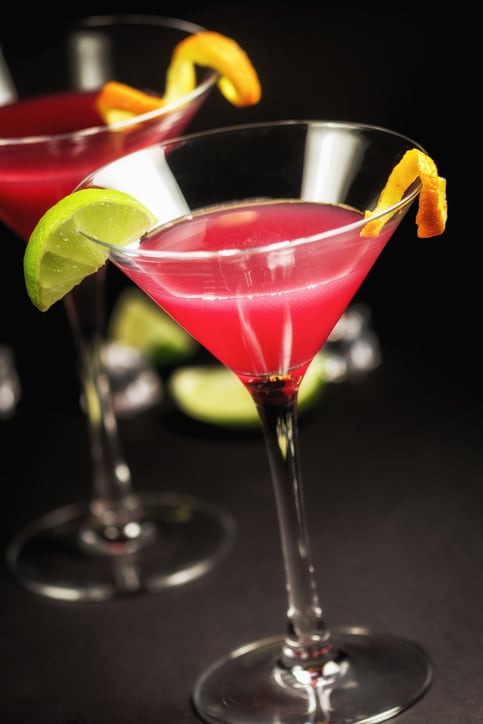
In the cocktail category, the WSTA observes an ‘explosion’ in herbal bitter liqueurs and red-orange aperitifs mixed with sparkling wine.
“These drinks served in pretty stem glasses have proved very ‘Instagrammable’ and consumers are keen to share their snaps of the vibrant, colourful cocktails on social media”.
The appeal of cocktails goes far beyond Valentine’s Day and are a summer favourite.
During the UK’s 2018 summer heatwave, more than four million bottles of non-cream liqueur cocktails were sold in the off-trade.
Sales were up 56% on the same 12 weeks the year before, the equivalent of an extra 1.4 million extra bottles.
Not just for summer: Rosé wine
Britons bought more than 100 million bottles of rosé in the off trade over the last recorded 12 months. This is two million bottles more than the previous year; and in value terms represents growth of 5%.
Having posted record sales of rosé last year, discount supermarket ALDI says it expects to sell 13 million bottles in 2019.
Julie Ashfield, Managing Director of Buying at Aldi UK, said: “We usually see a rise in rosé sales as the weather gets warmer and we move into spring, but recently we’ve started to see an increased demand for rosé all year round, thanks to drinkers who love to post about it on Instagram, and pair it with a variety of foods.”
US rose
Rosé wine has undergone a renaissance around the world, not least in the US and UK. In the 1990s and 2000s the category suffered in the US as it developed an association with people who didn’t know anything about wine – often simply opting for something sweet and pink.
But according to Wine Intelligence, 37% of the US adult population now drink rosé, up from 24% in 2004.
“Within the past ten years rosé has staged a significant revival in the US (and elsewhere) led by higher quality product, both domestic and imported, and a growing sense that its lighter, food-friendly style is an excellent fit with 21st century lifestyle.”
And significantly more US regular wine drinkers are motivated to drink rosé wine than another other type ‘because it is trendy’.
Beetroot burst
Over in non-alcoholic drinks, beetroot is helping bring a pink punch into drinks. Beetroot lattes, for example, work well on Instagram, while beetroot as an ingredient comes with a health halo given that it is rich in calcium, iron and vitamins A and C.
As with gin, the appeal goes beyond pink. Any beverages that bring vibrant colour to social media posts are on trend: on Instagram #colourfullattes such as beetroot, matcha, turmeric and charcoal have seen over 200,000 posts worldwide in the last year, and this has grown by 24% in the last 6 months.


